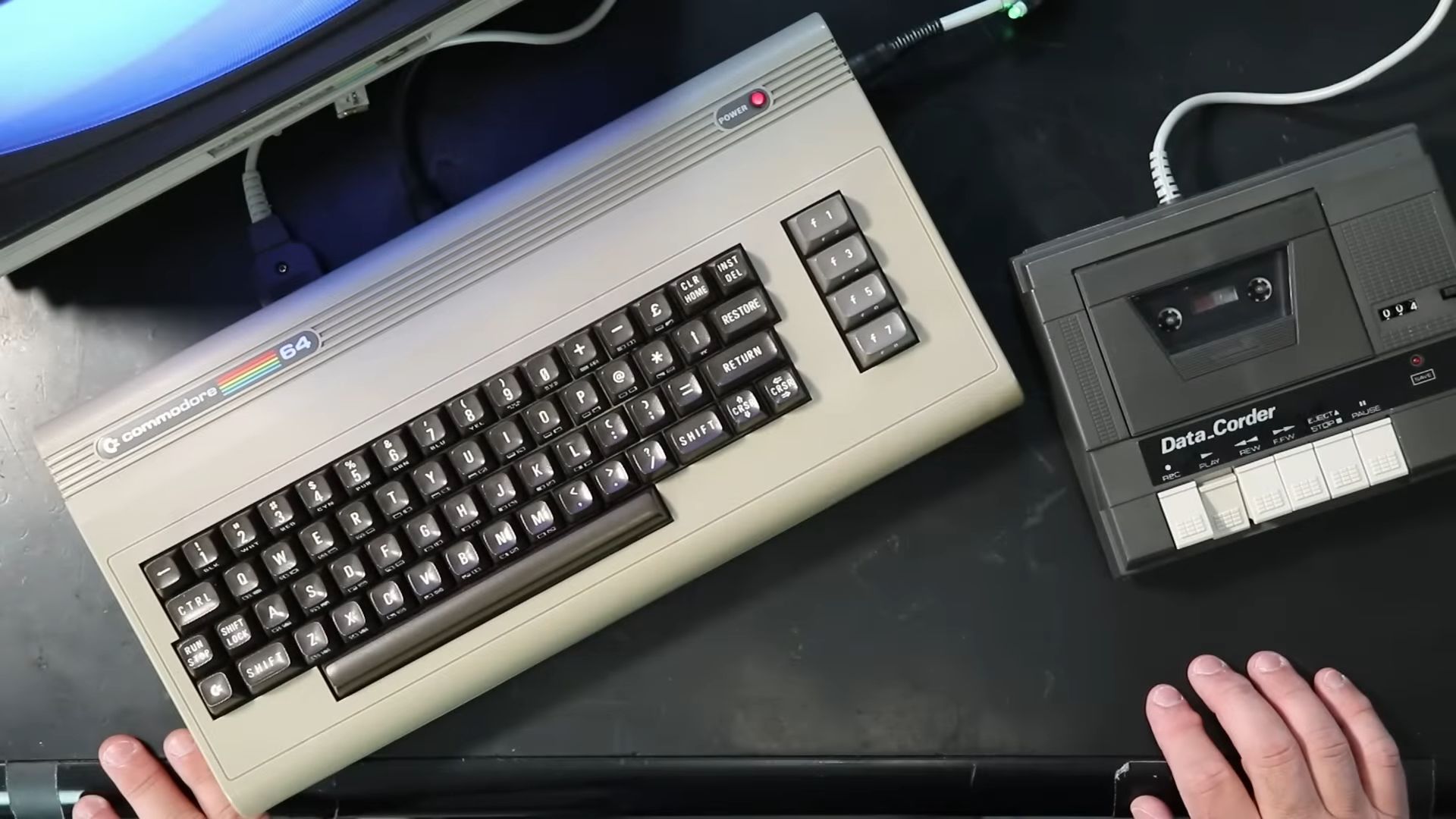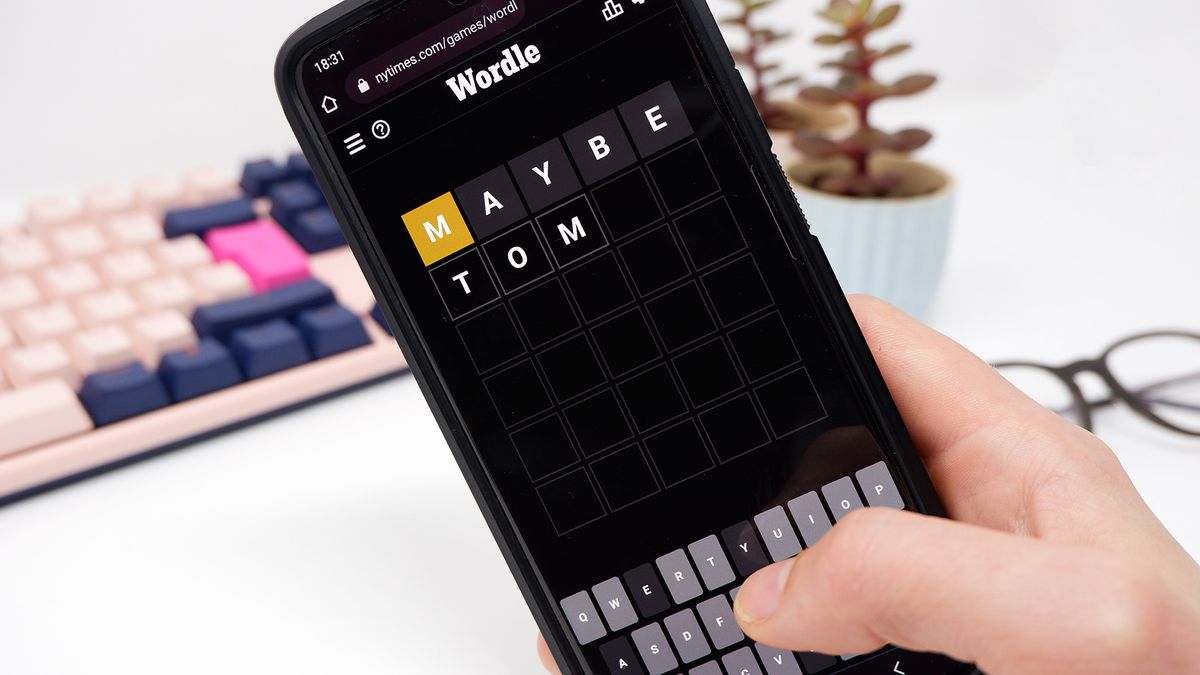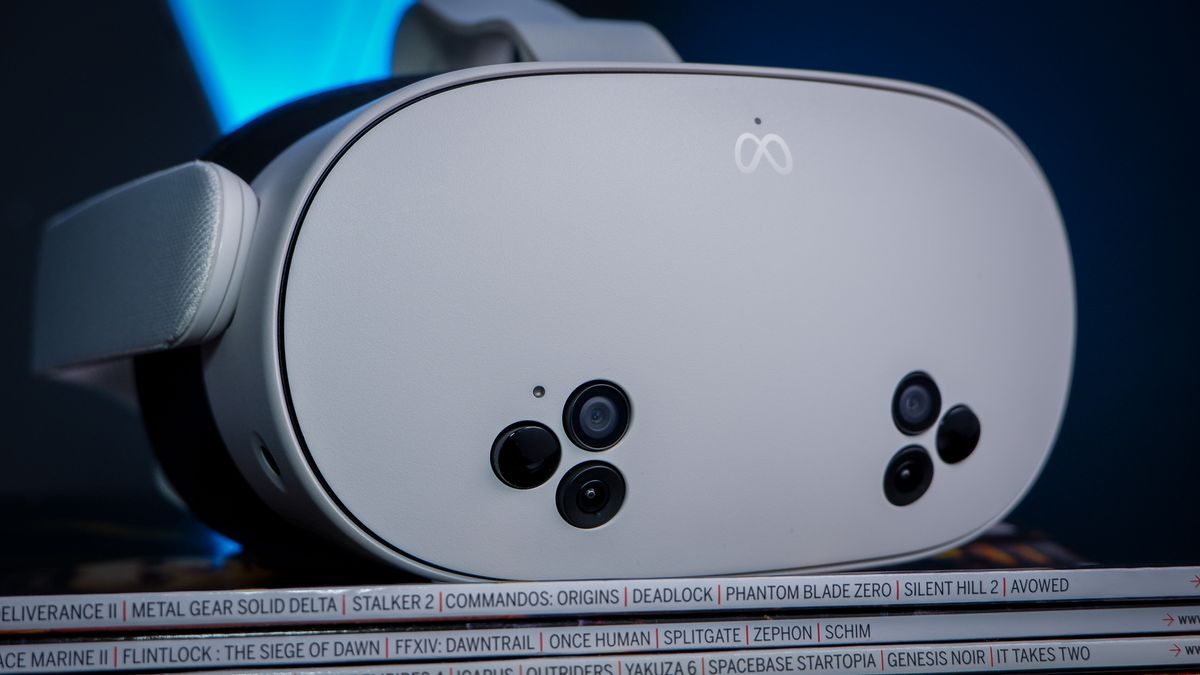YouTuber picks up where he left off with RPG he started making almost 40 years ago on a Commodore 64

I imagine plenty of us had an idea for a videogame when we were kids and maybe got as far as drawing some characters or maps in a notebook. Mike Brixius went a bit further. Beginning in 1984, he started coding an RPG on a Commodore 64 with the working title Digital Dungeon Master, inspired by a couple of his favorites. He wanted to combine the limited-line-of-sight dungeoneering of 1982’s Telengard with the party of adventurers and overworld map of Ultima 4, and to set it in the fantasy world created for his homebrew Dungeons & Dragons campaign.
Now, decades later, he’s dug up the floppy disks as well as pages of both handwritten notes and printed listings with handwritten comments he abandoned some time around 1989. Some of the disks were corrupted, but others proved retrievable, and you can see footage from what he’s got working on YouTube. “I have bits and pieces of the project from various points in its creation,” Brixius says, “but they don’t all work together as you can see by the font corruption in all my tests up to this date.”
Though he’s switched from coding in BASIC to Kick Assembler (KickAss for short), he’s decided to finish Digital Dungeon Master by remaining true to the vision he had for it as a teenager. “You can run around the surface world and explore what little map there is so far,” he says, “and if you stand on the cave in that one mountain, you can press X to descend into the dungeon. In the dungeon you can only see spaces where your line of sight is not blocked, and you can move around freely since there’s no check for walkability yet.”
Brixius plans to work on it in quarterly sprints, with the first dedicated to finishing the map code. “I’ll start by getting the colors fixed so that the dungeon walls don’t have the colors from the last outside map displayed,” he says. “I need to make a change to the way map data is stored. Currently I’m storing one byte for every other space in a checkerboard pattern. That means each wall space is represented by only two bits. It’s memory-efficient, but very limiting. There can only be four states: a wall; a door; a secret door, which is represented by both having a wall and a door; or nothing there at all.”
He’s documenting the process on Patreon, and putting decisions on what he should work on up for public vote both there and on his vintage hardware YouTube channel, RavenWolf Retro Tech, if you want to take part in the project. When it’s done, Brixius aims for his RPG to be playable both with Commodore emulator VICE, and on the original hardware—should you happen to have a Commodore 64 of your own lying around in storage somewhere.





